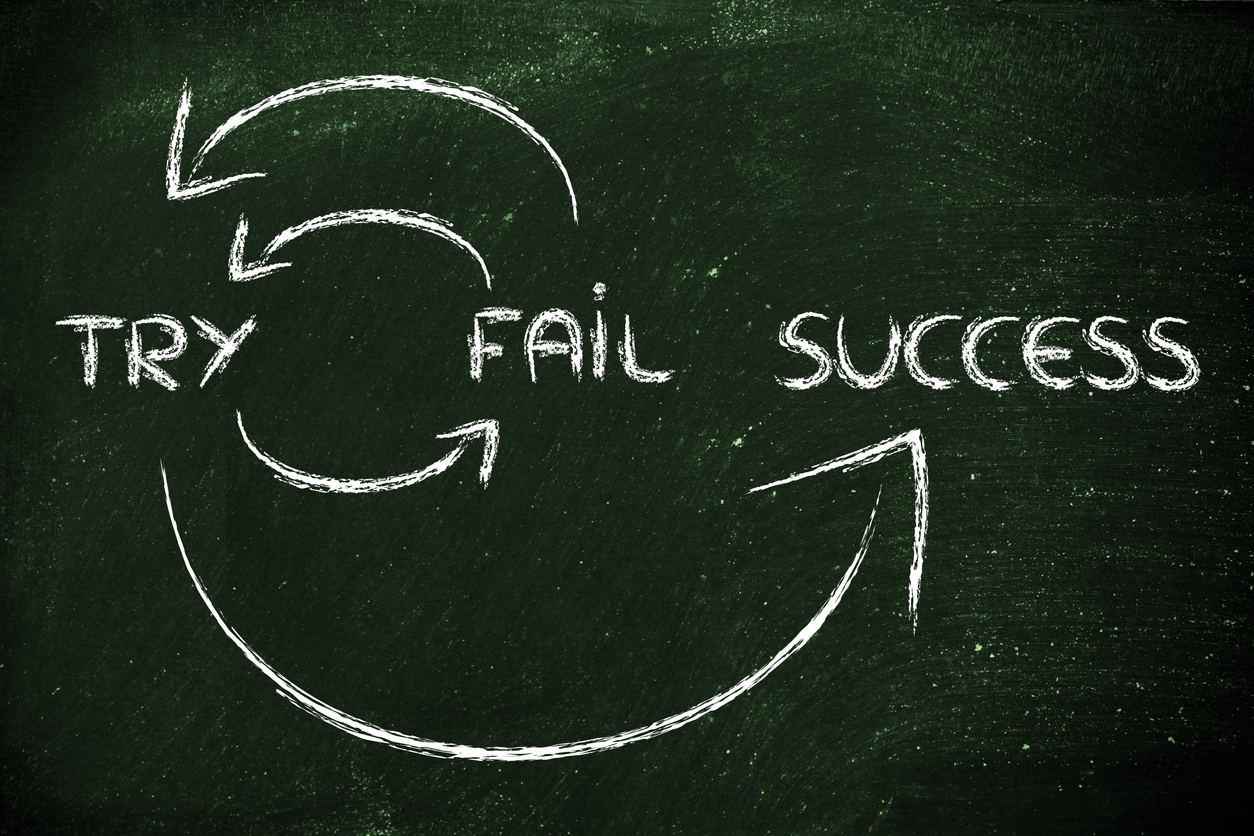Cross-functional teams: what are they and what are the pros and cons?
Can you imagine a football team where all of the players are forwards? Who would cover the goals, defend the penalty box against the opponent's attacks, or grapple with getting the ball to the other side of the field?
"Strength lies in differences, not in similarities." This quote by Stephen R. Covey, a renowned management expert, neatly sums up the importance of having a cross-functional or interdisciplinary team in any context, including business.
What is a cross-functional team?
In a complex world where global solutions are needed if you want to be competitive, it's vital to bring together people from different backgrounds who can take a holistic approach to any business activity. That's where cross-functional teams come in.
A cross-functional team is one made up of professionals from different yet complementary fields who work together to achieve a common goal. This might be the launch of a new product, designing a better customer experience or updating a website.
The idea is for each individual to direct their experience, know-how, perspective, personality and skills towards the common goals - and for this confluence of expertise to produce better results. For example, if you give a brick to a group of architects, they will all use it to construct a building, but if you throw an artist into the mix, they will see the brick as a canvas, opening up a whole host of new possibilities. In other words, while with traditional teams the output was no greater than the sum of its parts, when it comes to cross-functional teams, one plus one equals much more than two.
What can these teams contribute to the company?
Although this convergence of diverse roles might seem like a handicap, scientific research actually demonstrates that broadly diverse teams offer many advantages when it comes to achieving peak performance. Below, we present some of the benefits:
- They allow robust strategic paths to be designed, thanks to the range of perspectives on a single topic.
- They enhance decision-making, since the person in charge has access to a global overview of the problem. In fact, according to the Hacking Diversity with Inclusive Decision-Making study by Cloverpop, cross-functional teams make sound decisions 87% more often.
- When the machine is well-oiled, everything functions more smoothly. As such, and according to the same study, these teams make decisions twice as fast as traditional teams, and require only half as many meetings to do so.
- They increase the organisation's creativity and capacity to innovate, because they benefit from the contributions of every member when it comes to potential solutions or insights.
- Comprising a variety of specialists, the company can reconfigure the team in line with its needs, allowing it to operate flexibly and more responsively in the face of unforeseen circumstances.
- Job satisfaction and staff motivation increase, since employees are able to develop their skills and competencies. In fact, according to Professor Michael West's research in What is the difference between a real team and a pseudo team?, companies with cross-functional teams enjoy lower levels of absenteeism and staff turnover.

Is a cross-functional team the same as an interdisciplinary team?
Although they're often used as synonyms, cross-functional teams should not be confused with interdisciplinary teams. In the latter, the members work more collaboratively. It can therefore be considered a further step towards team cohesion.
To help you visualise this, a cross-functional team works like an assembly line, where one professional makes their contributions based on their own know-how, then passes these onto a colleague, who does the same within their field, and so on. Everyone contributes, because every member focuses on the set goals from their own perspective, but they don't interact with each other, because they don't encroach on each other’s areas of expertise. In other words, they work side-by-side, communications between cross-functional team members being limited to being brought up to speed on the progress made by each professional in their own field.
Conversely, an interdisciplinary team operates in a more iterative and integrated way, a bit like a brainstorming session, where know-how is put forward, analysed, questioned and reformulated using conclusions reached in a more dynamic way. In this case, the team members harness their specialised knowledge - stemming both from themselves and the experience of the other members - to work towards the common goals. This means that communications in an interdisciplinary team can be very intense and entail constant feedback, allowing each member to reflect on the ideas of others.
So, what cross-functional and interdisciplinary teams have in common is that they're made up of members from varying professional backgrounds, and that their purpose is to provide a more global vision when it comes to problem-solving at the company, whether on a permanent or temporary basis. However, it’s the way they actually operate that differentiates one team from the other.

What are the advantages and disadvantages of these models?
As a result of this enhanced feedback, interdisciplinary teams share the same advantages as cross-functional teams, although they all offer other added value. Specifically, the skills of each professional are reinforced, enriching the team members with the knowledge, experience and skills of their colleagues.
Moreover, this collaborative work environment imbues employees with a sense of belonging, further increasing their engagement and performance. Alongside this, when a team enjoys fluid and open communications, the work environment will be more welcoming and participatory.
Of course, just as the advantages of this coming together of minds from diverse careers prove a bonus to interdisciplinary teams, the opposite is true of the disadvantages stemming from this mode of working. Thus, a cross-functional team may experience project delays due to the involvement of several experts in the same matter. However, in an interdisciplinary team, such delays can be more serious, because the interaction process is more intense and the search for cohesive points of view can take more time.
Likewise, if teams are not led properly, conflicts may arise between the team members. This would be the case, for example, for employees with a conformist attitude who leave it to other professionals to contribute innovative ideas, or conversely, workers who want to stand out and therefore minimise the participation of other colleagues. In this case, with each expert in a cross-functional team being responsible for their own area of expertise, the risk is lower than in an interdisciplinary team, where interpersonal relationships are more frequent - and more likely to spawn disputes among the group.
It's important to bear in mind that not everyone knows how to work in a team, although companies are increasingly moving to this cohesive way of working. Hence the need to develop soft skills such as communications, active listening, assertiveness and teamworking, with a view to improving the ability to interact while ensuring a balance of roles.
Do you want to develop professional skills that will help you access better job opportunities? Discover Santander Open Academy, the training space you need to keep growing.
Join our global platform for learning and professional development and access courses at zero cost, training content in a wide range of formats and scholarships from leading universities and institutions.
If, like us, you believe that we should never stop learning, sign up here and find out what we have for you!
More interesting posts to read...
-
 12/04/2024 | Santander Universidades
12/04/2024 | Santander UniversidadesGrowth mindset: examples in the workplace to develop the right attitude toward challenges
Card text -
 01/03/2024 | Santander Universidades
01/03/2024 | Santander UniversidadesThe sandwich technique: how to deliver criticism in an assertive way
Card text

